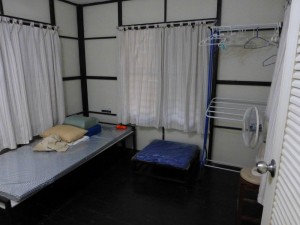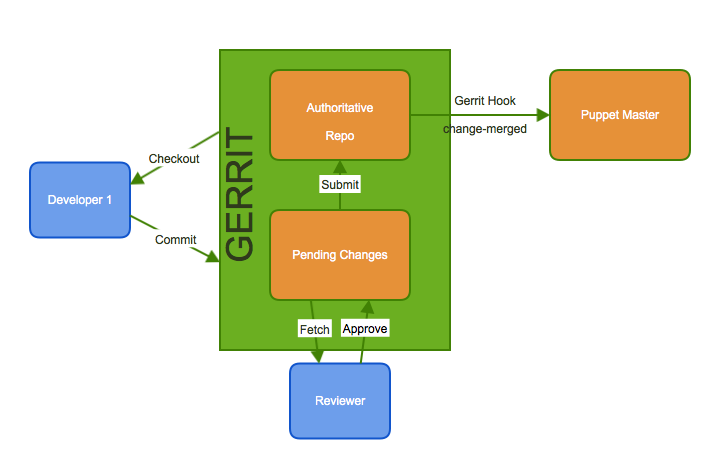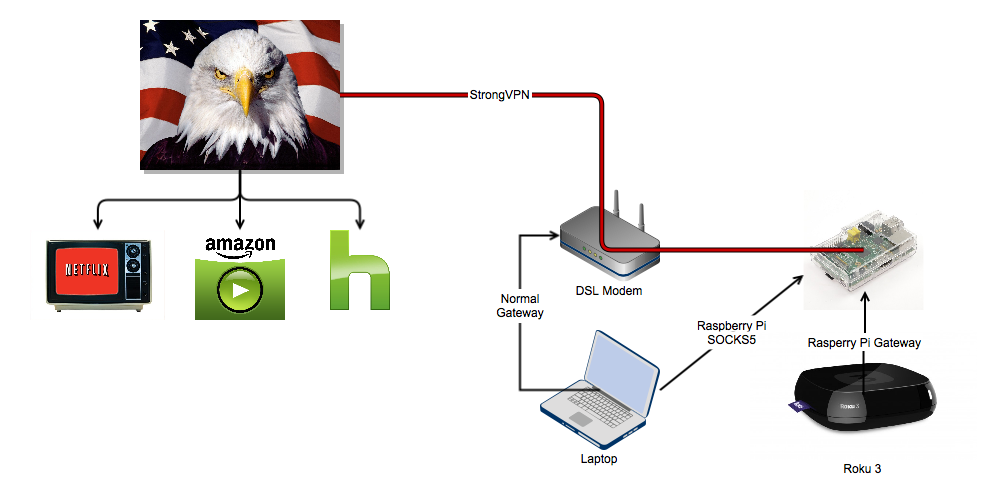I’ve just returned from five weeks in Southeast Asia, and I have to say it was one of the best experiences of my life. My time in Asia began with a 10-day Buddhist retreat in the middle of the jungle learning Vipassana.
These courses are free of charge; no money is accepted from any new student. Likewise, no teacher or volunteer receives any payment for their services. Previous students have paid for you to be there. It’s intentionally designed this way, and is this way for a similar reason that Buddhist monks beg: it’s incredibly humbling to realize you eat, sleep, and drink only due to the compassion of others.
The web site is dhamma.org, and you can find a list of centers in many countries (including Europe and the U.S.). After applying to a 10-day course, you’ll hear back in a few days and get a confirmation if there’s space.
I took the course in Thailand, at the Dhamma Kancana center. It’s located in the beautiful Thai jungle, about 6 hours by bus from Bangkok. You can see photos of the center here. It is known as one of the nicest centers in Thailand, but there are several closer to Bangkok if you’d prefer not to atravel far.
What is Vipassana?
From the website:
"Vipassana, which means to see things as they really are, is one of India's most ancient techniques of meditation. It was taught in India more than 2500 years ago as a universal remedy for universal ills, i.e., an Art of Living. "
These courses are taught by a man named S.N. Goenka, who learned the tradition from his mentor, Sayagyi U Ba Khin. There’s other traditions of the Vipassana meditation technique, and details can vary between different Buddhist sects, but largely, the fundamentals are the same. Goenkaji’s teaching is based in Theravada Buddhism, specifically the Satipatthana Sutta. However, for these courses it has largely had the religious aspects stripped from the teaching. There’s no mention of Theravada Buddhism in the course, and very little mention of Buddha at all. There are no statues on the course’s properties, and there’s no focus on one sect over another. You can be a member of any religion or none.
Modern day Buddhist sects as practiced in Asian countries certainly bolt on a lot of mysticism and rituals that appeal to that culture. Accept these rituals and rites if they are beneficial to you, or you may disregard them. It’s entirely up to you. They are not taught during the course, the focus is on 3 meditation techniques, with the primary one being Vipassana.
Arrival

Arrival day is day “0,” which starts sometime in the afternoon. You’re assigned to a room, eat dinner, and attend the introduction to the course. The rooms are basic, but adequate. Some centers have shared accommodations like a barracks, although most have small private rooms. I was given a room in a 2-room cabin. It was basic, clean and relatively comfortable.
There weren’t many westerners. I had expected it to be mostly tourists, but the course was total about 60 people, 85% of the course were Thai, and only 15% foreigners. A handful of the participants were Buddhist monks.
Noble Silence
Before going to your room however, you’re asked to turn in all of your valuables and distractions including mobile phones, books, laptops, etc. At Dhamma Kancana, you’re given a private locker and you retain the key so there’s no worry about security. The reason for this is Noble Silence. During the course you may have no contact with the outside world, nor communicate in any way with your fellow meditators. Complete silence of speech, body, and mind.
Your bags are not searched to determine if you turned everything in, this is really only for your benefit so you can focus on what you came to do. If you’re communicating, or otherwise stimulating your mind, you will lose your ability to concentrate. After a conversation, and you go into the meditation hall, your mind will still be buzzing with thoughts. It’s very difficult to concentrate and learn if you’re busy thinking about other things.
For me, Noble Silence wasn’t particularly difficult as I’m somewhat of a loner anyway, but the lack of being connected to the world, while jarring for the first couple days, I believe was the single most important factor for me being successful during these 10 days.
Precepts
As part of the course, you’re required to accept 5 precepts for the entire duration of your stay:
- to abstain from killing any living thing
- to abstain from taking that which is not given freely
- to abstain from all sexual activity
- to abstain from telling lies
- to abstain from all intoxicants
The first precept, in addition to meaning you shouldn’t be killing the various bugs you might encounter in the jungle, also translates into a vegan diet; there are no animal products served during the course. Actually, Dhamma Kancana where I took the course is quite renowned for it’s food. It is some of the best vegan food I’ve had in my entire life, and I’ve definitely taken some ideas home with me. I was already vegetarian so I didn’t need much convincing.
As part of Vipassana practice, it’s recommended to continue these precepts after after leaving the course, however it’s not required for the practice, and some may be modified. There’s no magic in following these, and there’s no Flying Spaghetti Monster in the sky keeping track.
Goenkaji suggests that being vegetarian is good practice for developing mettā (compassion), however, Theravada Buddhists, as is practiced in Thailand for example, do generally eat quite a lot of meat. Other sects of Buddhism are quite strict about it. However, every Buddhist will readily admit that being vegetarian is the better option. As I’m fortunate enough to live in a wealthy country with many resources, I have a choice in what to eat, and I can’t see taste preference as being a justification to cause the suffering of another living thing.
Post-course, precept #3 is normally taken by lay Buddhists as avoiding “misconduct”, not celibacy. This is also not the Judeo-Christian view of “misconduct”. Sexual misconduct in the context of Buddhism is any sexual practice that leads to suffering. Consensual sex between adults of same or opposite genders is allowed.
For old students in the course, there are some additional precepts such as no “high and luxurious beds” and no eating after noon.
Schedule
The schedule is intense, beginning at 4 am and ending at 9 pm every day. All said and done, you’re meditating for around 10 hours per day. There’s a set schedule, with about half of the meditation sessions being allowed to be in your room if you wish. The room is more comfortable as you can sit on the bed with your legs hanging off, instead of having to hold an uncomfortable position in the hall. There is free time during the day to walk mindfully around the facility, do laundry, clean your room, etc.
Breakfast and lunch are substantial meals, but dinner is only afternoon tea: tea with fruit. They also had bread and jelly as well during dinner, and occasionally peanut butter. The days with peanut butter were nice as I could make a PB&J. The amount food is more than sufficient, you’re not doing a lot of physical activity and should eat less than you think.
The day ends in the late evening with a 1-2 hour video lecture by S.N. Goenka, followed by a 30-45 minute practice session of any new techniques, and an optional time period to ask questions to the teacher in private. Communication with the staff is allowed, it’s not breaking Noble Silence, but it should be infrequent.
The video lectures are some of the most interesting and engaging things I’ve ever listened to. Goenkaji is a prolific and interesting speaker. If you’re taking the course and speak English well, opt to view the videos in Goenkaji’s excellent English. I suspect his charisma is lost in the translations.
On day 10, you are free from your obligation of Noble Silence by mid-morning, and are encouraged to talk again. It was actually quite odd, I had spoken a couple of times to the teacher during the week, but when I went to say something at normal volume, my throat cracked and I couldn’t talk!
Techniques
Beginning on the evening of day 0, and continuing on days 1, 2, and 3, you are taught a “mindfulness of breathing” technique known as anapanasati. It is as simple as it sounds: you sit and be aware of your breathing. You don’t control it, but simply remain aware of the breath, the feeling as it enters and leaves your nose, which nostrils it is in, and the feeling on the upper lip. These first 3 days are useful to build your mind’s concentration.
If you’ve ever sat for meditation before, you know that it’s quite difficult to maintain concentration. The mind wanders every few seconds! Part of the exercise of the first 3 days of anapanasati is to build your ability to stay equanimous when this happens: you simply acknowledge the thought without feeling upset (building compassion for yourself while developing concentration), and you return to breathing. You’ll notice as the days continue, the mind begins to wander less and less.
On the evening of the 3rd day, you are introduced to vipassana. One of the core teachings of Buddhism is that everything in the universe is impermanent (the concept of anicca). Because everything in the universe is constantly arising and passing away, there’s no sense in being attached to it. Vipassana teaches you to avoid cravings and aversions for anything that happens in life. Craving and aversion lead to attachment, which always leads to suffering. Vipassana is a meditation technique that intuitively teaches you this lesson; it changes the habit pattern of the mind by giving you direct experience of anicca.
So, what exactly is vipassana? It has to do with observing bodily sensations. You’ll spend the next 7 days observing your body by examining piece by piece, and acknowledging but not reacting to the various sensations you experience. Sometimes they are pleasant, sometimes they are not, but they are always impermanent – they will always pass away.
It’s a simple but effective technique. You are changing your habit patterns in how you react – you develop equanimity, mindfulness, and compassion for yourself using this technique. It’s hard to explain, which is why you should take the 10 day course to learn it in detail!
The final meditation technique you learn is mettā bhavanawhich is taught in only a few hours on the last day. It is essentially what you should do at the end of every vipassana meditation session for a few minutes: it’s compassion meditation. Basically, you’re contemplating and “sending” (if you believe such things are possible) your compassion to specific people or people in general, and as well as yourself. It’s a way of wishing good feelings for everyone.
Results
I found the course beneficial. The technique is extremely helpful in becoming a more balanced person, and becoming more mindful of what’s going on in day-to-day life. I’ve definitely noticed changes in how I react to things that happened.
One interesting side effect in the days following the course was the incredible expansion of my attention span. Google is making us stupid, and blogs are destroying our attention spans. In the days that followed, I digested a number of pieces of long form writing, including three whole books – and the books were consumed mindfully, often pausing and spending time to think about what was being said. Vipassana is definitely a cure for at least this modern ill!
I haven’t maintained the practice perfectly, but seem to be able to meditate almost every other day. However, I was on vacation and in different places so it was hard to keep up. I hope to try to do the recommended 1 hour in the morning and evening now that I’m back home.
I won’t lie, the course was challenging. On day 0, as I was laying in bed without any of my electronic crutches like my iPhone, I was looking at out the prospect of 10 whole days dealing with this. It was frightening. From the outside 10 days seems like nothing; from the inside it seems like everything. Days are big, big things when you’re silent, alone, and disconnected.
For the first few days, I was counting meals because they seemed like much shorter time periods to adjust to! At the end of day 1, I kept saying “Ok, look, you’ve already had 4 meals, and you’ve hardly been here any time at all. You’ve only got 27 more, and they’ll go by faster than you think.” I worried about what was going on in the outside world, concerned even I hadn’t told my tax accountant I would be offline in case the Finance Ministry had questions about my tax return. The thoughts faded as the days went on, 27 meals became 18, 18 became 15, and eventually I stopped counting and became content with the disconnection from the world. It wasn’t without it’s difficulties, though. One day in particular was hard enough I contemplated quitting. Everyone going through this course will face some of their own demons, and will have a moment like I did. It could come on day 3, or on day 9, but it will happen.
The day that we learned the Vipassana technique, I could not get my mind under control. I was fidgeting non-stop, and it was everything I could do just not to walk out the gate to the center and go home. I was angry: angry at the teacher for making me sit so uncomfortably, angry at not being able to concentrate, and even angry at myself for feeling angry. At the end of that 2-hour session, I went back to my room and laid in bed, quite upset at how I reacted, how I hadn’t paid enough attention to the teaching, etc.
I began to think how far too often I’ve made knee jerk reactions in life to uncomfortable circumstances. I did anapanasati, and calmed myself down. I returned for the next session and made it through the remaining 7 days without significant problems
It’s challenging, you’ll be pushing yourself to the limit of what you think you can do. However, if you persist, you’re bound to be successful.
Bhavatu Sabba Maṅgalaṃ
(May All Beings Be Happy)




